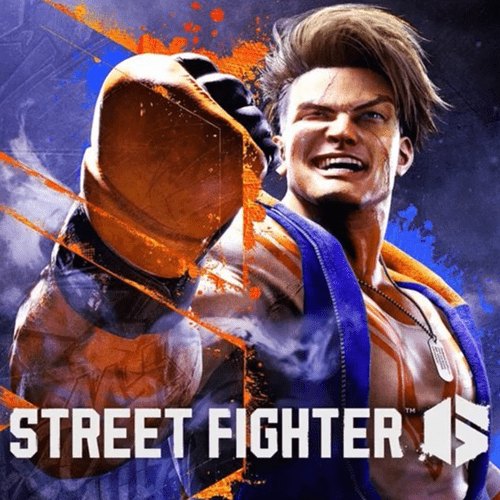Taking to the Streets
In the fighting game genre, the legacy and impact Street Fighter has had over the decades is undeniable. In fact, the growth in the popularity of the genre is tied closely to the arrival of SFII to the arcades and many years later, when fighting games were at an all time low, SFIV arrived just in time to save the day. So when SFV finally released after countless iterations of IV in a broken state to frigid critical and fan reception, it was a dark time for the fans of the genre.
Luckily, over the following years SFV made strides to become a better, feature full title, but by then, it was too little too late for much of the fanbase. So when SFVI was first announced with a short teaser, a question was raised in the minds of those who remember the SFV launch debacle- “Has Capcom learned their lesson?”
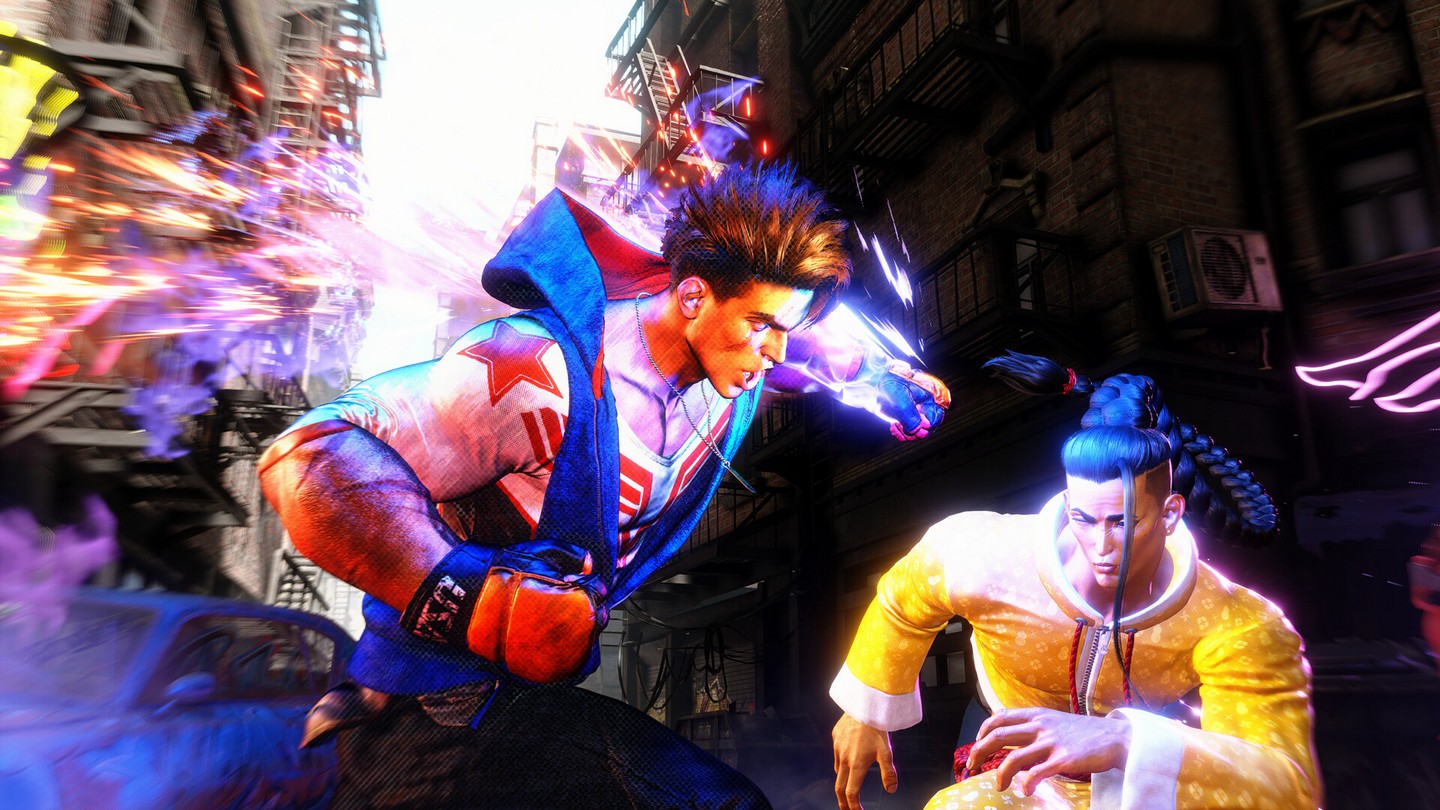
The visuals are colorful and the animation work is on point.
MSRP: $59.99
Platforms: PS, Xbox, PC
Played on: PC (i7 9700K 4.9GHZ/RTX3080)
Steam Deck: Officially Verified- playable but not ideal due framerates and D-Pad.
Played: 20~ hours
As is common for most fighters, SF doesn’t have a strong focus on story and the little tidbits of character narrative from the Arcade mode felt insubstantial to say the least. Instead, the new World Tour mode was put in place as the main single player content. Making my own avatar and going around the playground that they’ve created seemed neat at first but the novelty wore off quickly as the brain dead AI posed no challenge and repetition set in.
There is a good idea here where I was able to take on masters so I can learn their signature moves to add to my repertoire. It was like creating Frankenstein’s monster, both in the outlandish appearance and the moveset of the avatar. However, this was undermined due to nothing challenging me enough to actually make me feel the need to tweak my moveset to even the odds. Also, as I made my way through the World Tour, it felt a bit counterintuitive as I wasn’t really getting better at the game since I wasn’t playing the character that I wanted to practice.
Luckily, SFVI’s focus is mainly on the multiplayer aspect of the experience and here is where the game shines the most.
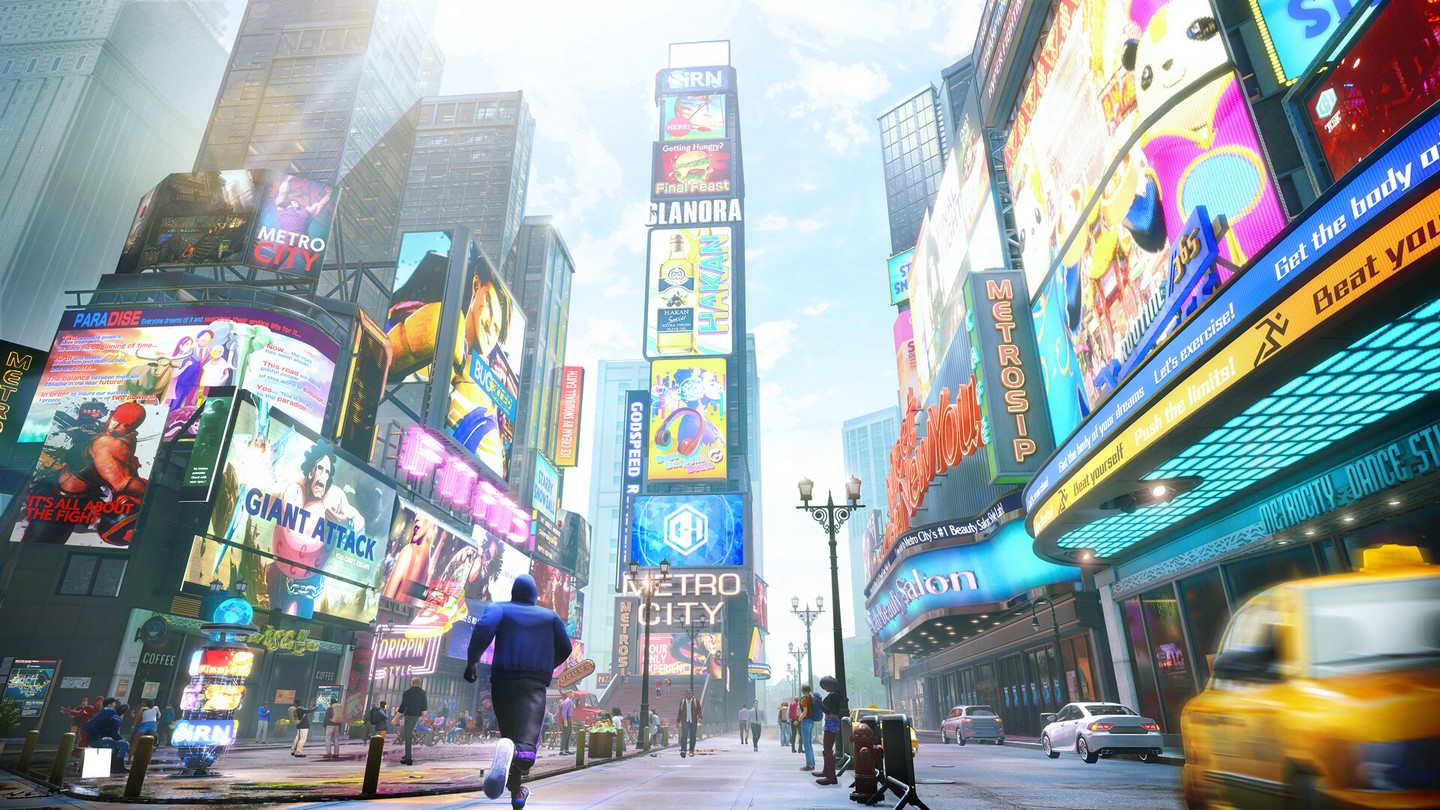
There’s a lot of content and a few good ideas in the World Tour mode but it wasn’t the experience I was looking for.
With a roster of 18 playable characters on launch, there’s a character representing almost all different playstyles. Ryu and Ken, the staple of the series returned for those desiring to continue their shoto tradition. Zangief and Dhalsim also made their return, representing the grappler/zoner archetypes but many newcomers filled in the gaps like JP whose effective zoning could transition into tricky close ranged mixups. Marisa, the towering gladiator focused on powerful strikes and had a potent command grab at close range.
It’s rare and quite difficult to add a bunch of new characters to an established franchise while making them feel like they belong but Capcom has pulled it off in spades. As I went through the tutorial/challenge modes of each of the new characters, I could easily see myself playing most of them for the long term. After much experimentation, I settled on Marisa as my main SFVI as I wanted to play an archetype that I don’t normally play. I tend to gravitate towards faster, rushdown heavy characters so playing this hulking, slower paced striker was a breath of fresh air.
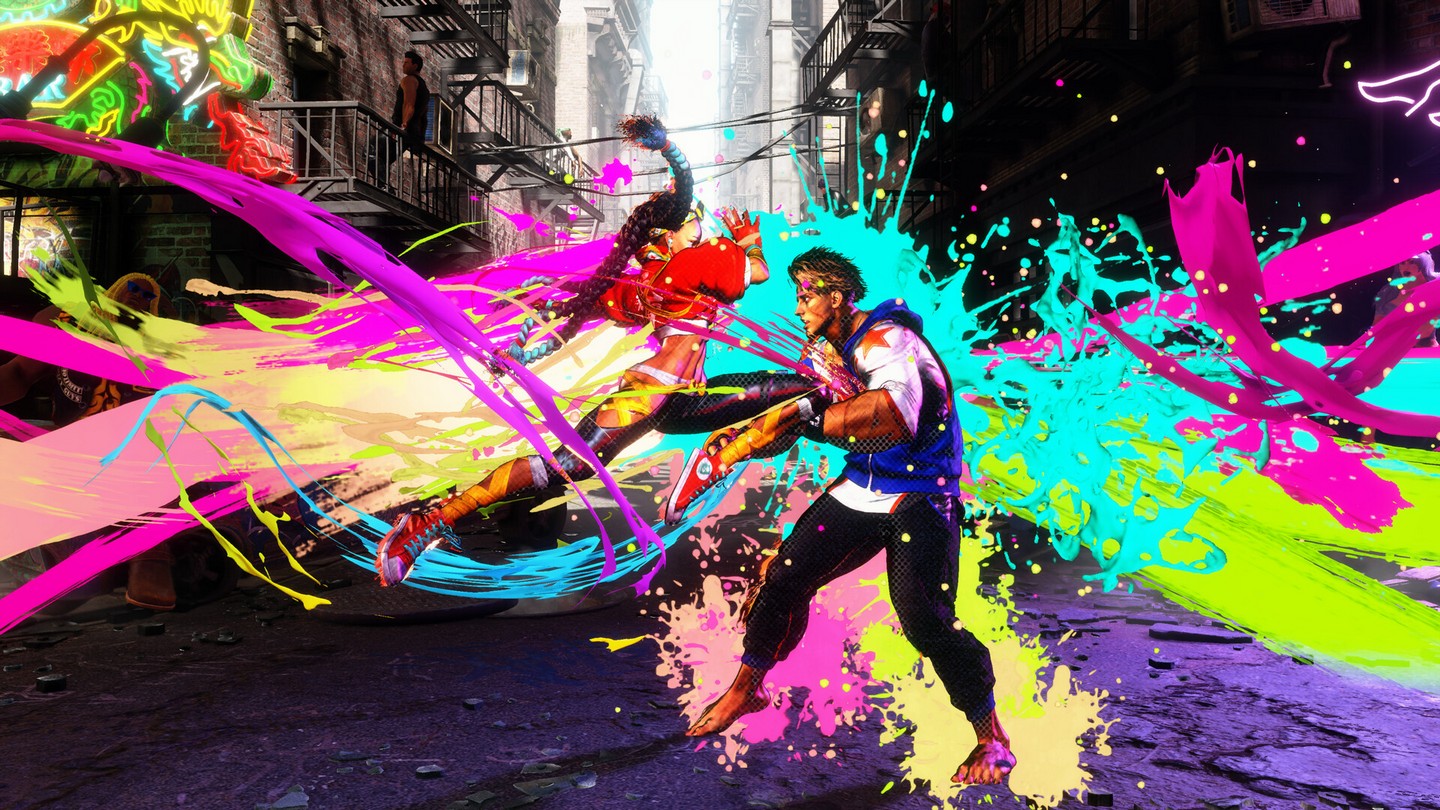
Better build up that muscle memory.
In terms of mechanics, the drive gauge/impact and parrying played the most important part in the core gameplay. Under the health bar was a drive gauge that could be spent on ex-moves, drive rush, cancel, drive impact and much more. Taking damage or blocking would also reduce the gauge and given it basically governed the vast majority of options in combat, it was crucial to not spend it all and end up in a burned-out state. In fact, it was so important that if there was a chance to deal more damage or to make the enemy go into a burned out state, it was almost always to make them burn out unless the combo was going to kill.
Drive impacts were a universal armored move that could go through most standard hits and crumple the enemy for a massive follow up but was balanced around the drive gauge and the fact that an opponent could counter your DI with their own to turn the tides of battle. As such, there was always a tug of war between the players and I found myself paying closer attention to the drive gauge than even the life bar. Even though it’s a simple enough mechanic to understand, the potential depth that this element injects into the moment to moment gameplay cannot be understated.
Also, there is a big focus on pushing a new “Modern” control scheme that simplifies inputs for moves and supers. While it’s not something I found to be satisfying to use, I was happy to see more accessible control options available for those not familiar with the genre.
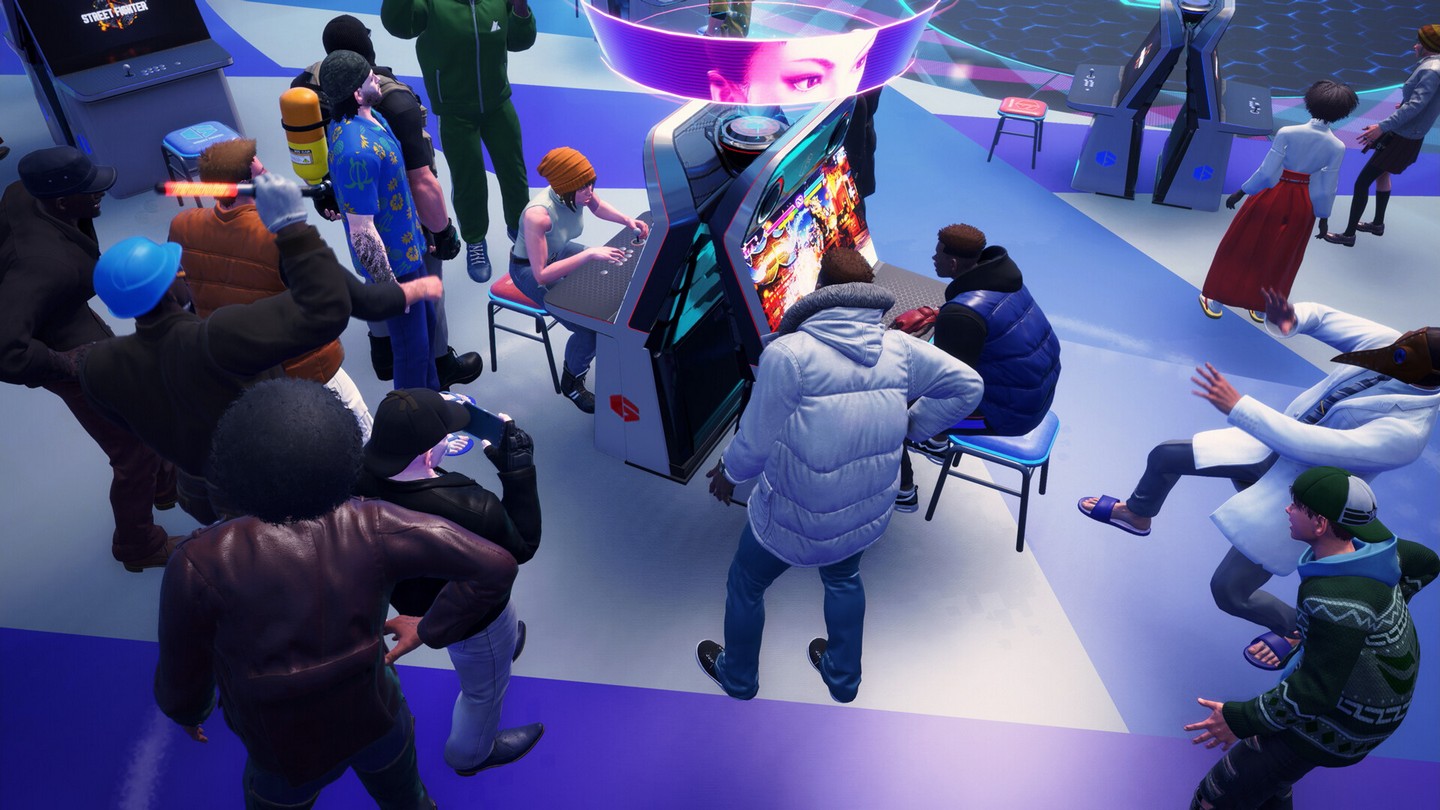
Taking it online for some matches is an easy and quick experience.
Even though there was a battle hub that I could enter to take to arcade machines to find matches or participate in avatar battles, I spent most of my time in Training Mode with the option to look for matches in the background.
The training mode was a small slice of paradise for someone like myself who has just as much fun labbing out combos and setups than I do actually playing against other people. The number of features and quality of life elements in this training mode is so impressive that I feel it sets the new high bar for all training modes to follow. The online experience as a whole felt very smooth, setting to only accept 3-5 bar connections played as well as expected but when including even most 1-2 bars made for a fairly smooth experience. This is certainly the power of rollback netcode, implemented properly and it makes the world my training ground.
Lastly, I would be remiss if I didn’t mention the gross battle pass with premium tiers for unlocking various cosmetics/emotes and the like- simply put, it has no place in a full priced game.
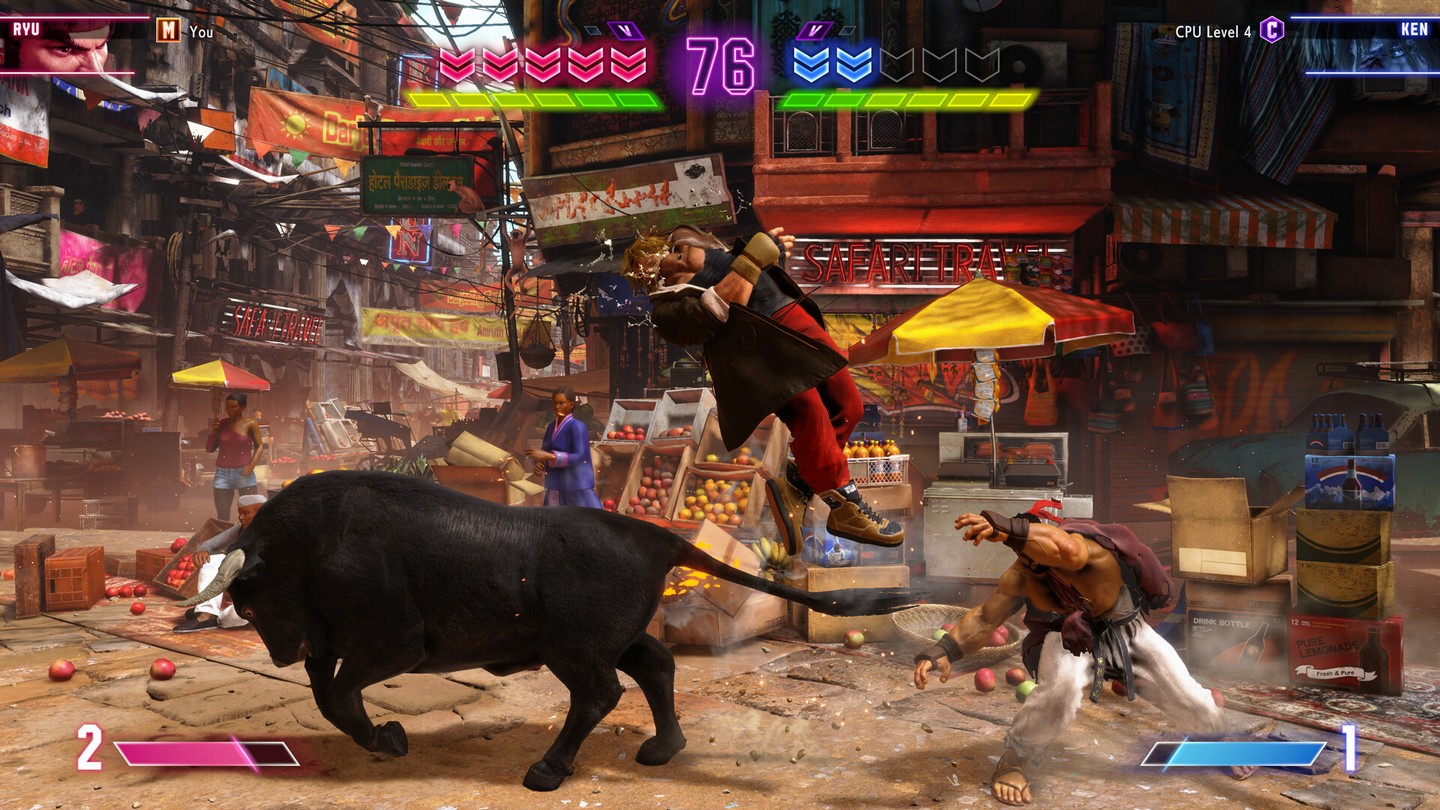
There’s also a goofy extreme mode as well where you’ll see some wild stuff.
SFVI’s launch marks an impressive effort by Capcom, having learned from previous failings and while the lackluster World Tour mode and gross battle pass stains an otherwise spotless package, it still shines brightly as the new standard for fighters to come.
Fun Tidbit – While I like the fact that modern controls are available for people that want to use it, it was still a pain to constantly have to switch off of it as it was set to be the default control scheme for all the modes.
Review copy of game provided by publisher.
